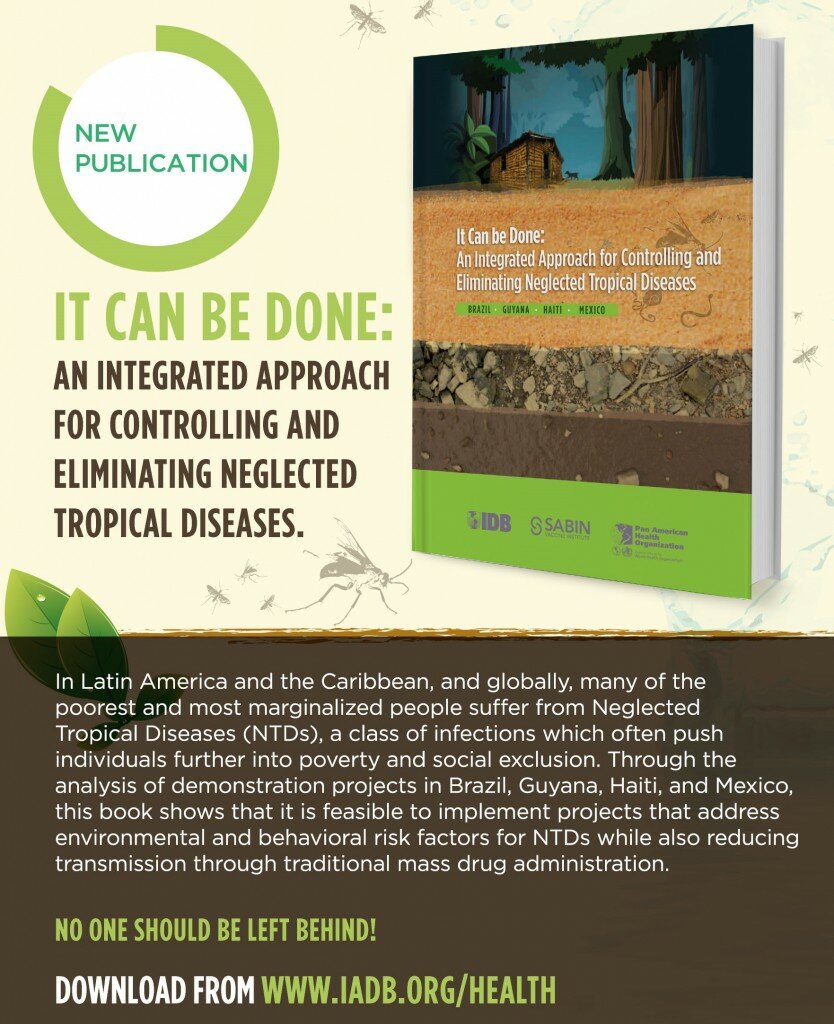By: Jordan Teague, Program Associate at WASH Advocates
My niece turned two years old on Sunday. It was a joyful occasion, celebrating that she can now speak in full sentences, gives full-blown hugs and started pre-school in the fall. The entire family gathered this weekend with presents, cake and a birthday outing to a fire truck parade. During the festivities, it occurred to me that my niece is now past the first 1,000 days of her life, the most critical time with regard to her nutrition. We are fortunate that because we live in the United States, we have not had to worry about undernutrition or the illnesses related to that condition, but what if she had been born somewhere else?
In many places around the world, undernutrition is not the only worry that families have for their small children and themselves. Over 1.4 billion people in Africa, Asia, and Latin America and the Caribbean are affected by at least one of the neglected tropical diseases (NTDs). These diseases largely overlap in areas where undernutrition is prevalent and magnify its impact on childhood growth and micronutrient deficiencies. In fact, all of the 34 countries with the highest levels of malnutrition are endemic for NTDs. Several NTDs like schistosomiasis and soil-transmitted helminthiasis (STH) are underlying contributors to stunting and undernutrition. Not only do they affect child health and survival, but they also have detrimental impacts on cognitive development, educational outcomes and economic growth.
A lack of safe drinking water, adequate sanitation and proper water, sanitation and hygiene (WASH) contributes to both NTDs and undernutrition. Safe WASH is key to five NTDs: Soil transmitted helminthes (also known as intestinal worms), schistosomiasis, trachoma, lymphatic filariasis and Guinea worm. Similarly, poor sanitation and unsafe drinking water cause diarrheal disease and environmental enteropathy, which inhibit nutrient absorption and lead to stunting and undernutrition. Improved WASH allows for the absorption and use of vital nutrients and calories, leading to improved nutrition and health.
Given the myriad of linkages between WASH, NTDs and nutrition, joint policies and programming have significant potential to scale up the impact of the individual efforts. For example, in 2013 Dubai Cares launched an that includes elements of all three sectors. This program includes in-school meals prepared from local foods and commodities in addition to deworming treatment and provision of WASH interventions in the schools. This program shows how different stakeholders can collectively use their diverse expertise to make a larger impact on the health of a community.
WASH interventions support the sustainability of progress made through NTD and nutrition programs on reducing disease and improving health. Real and sustainable impacts can be achieved when investments in NTDs and nutrition go hand-in-hand with efforts to provide WASH.
Jordan Teague is the Program Associate at WASH Advocates, where she focuses on sustainability within the WASH sector and the integration of WASH with other development efforts such as nutrition, NTDs and education.




